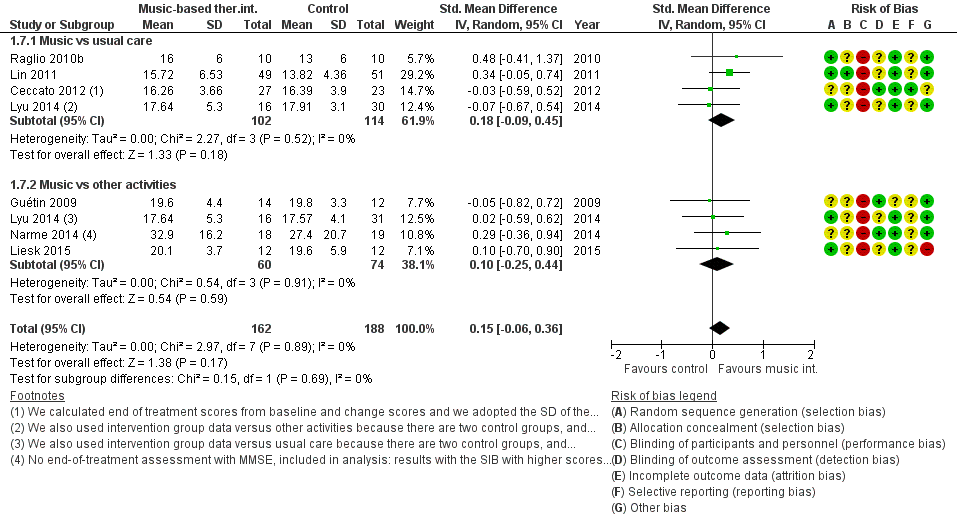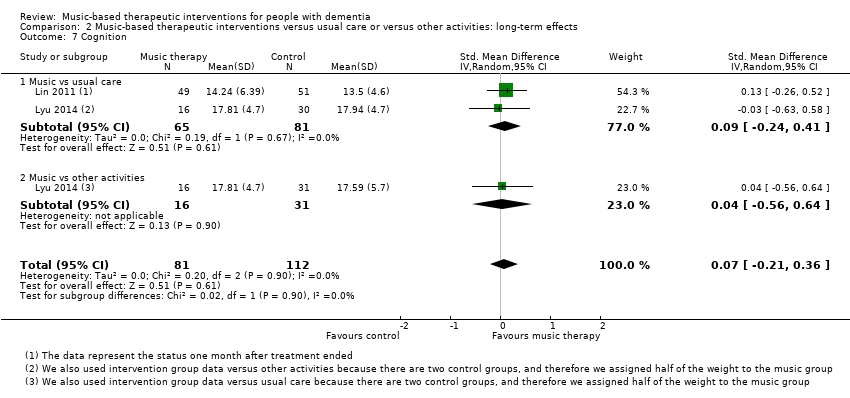Related content
Related reviews and protocols
Ellen Van Leeuwen, Mirko Petrovic, Mieke L van Driel, An IM De Sutter, Robert Vander Stichele, Tom Declercq, Thierry Christiaens | 1 April 2018
Denise Wilfling, Stella Calo, Martin N Dichter, Gabriele Meyer, Ralph Möhler, Sascha Köpke | 3 January 2023
Sarah F Baillon, Usha Narayana, Jay S Luxenberg, Andrew V Clifton | 5 October 2018
Edmund Lonergan, Jay Luxenberg, John M Colford, Jacqueline Birks | 22 April 2002
Ralph Möhler, Anna Renom, Helena Renom, Gabriele Meyer | 27 August 2020
Dallas P Seitz, Nikesh Adunuri, Sudeep S. Gill, Andrea Gruneir, Nathan Herrmann, Paula Rochon | 16 February 2011
Vasiliki Orgeta, Kathryn R McDonald, Ellen Poliakoff, John Vincent Hindle, Linda Clare, Iracema Leroi | 26 February 2020
Sabine Lins, Daniela Hayder‐Beichel, Gerta Rücker, Edith Motschall, Gerd Antes, Gabriele Meyer, Gero Langer | 1 September 2014
Clive G Ballard, Jonathan Waite, Jacqueline Birks | 25 January 2006
Niels Viggo Hansen, Torben Jørgensen, Lisbeth Ørtenblad | 18 October 2006
Cochrane Clinical Answers
Aileen A. Antonio‐Santos | 16 November 2018



























